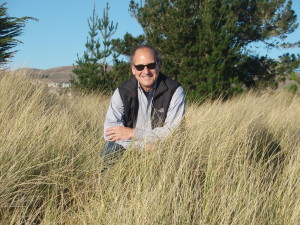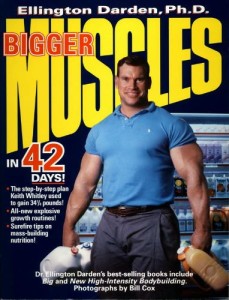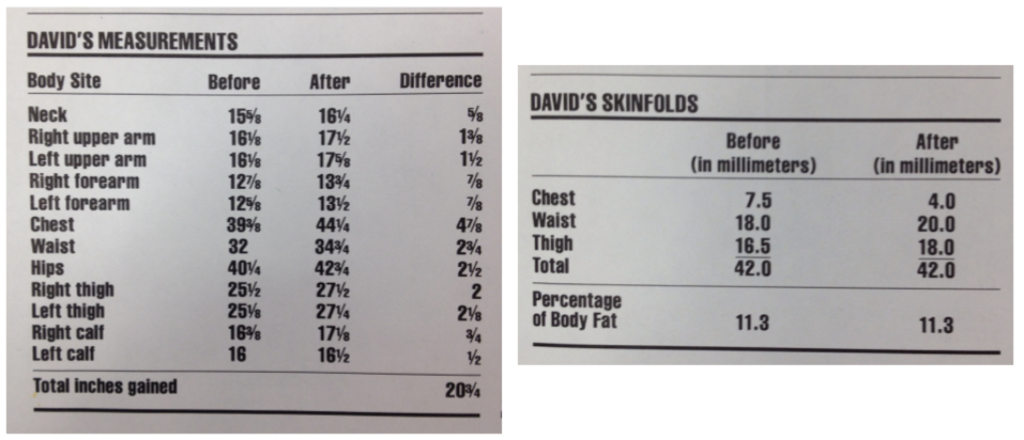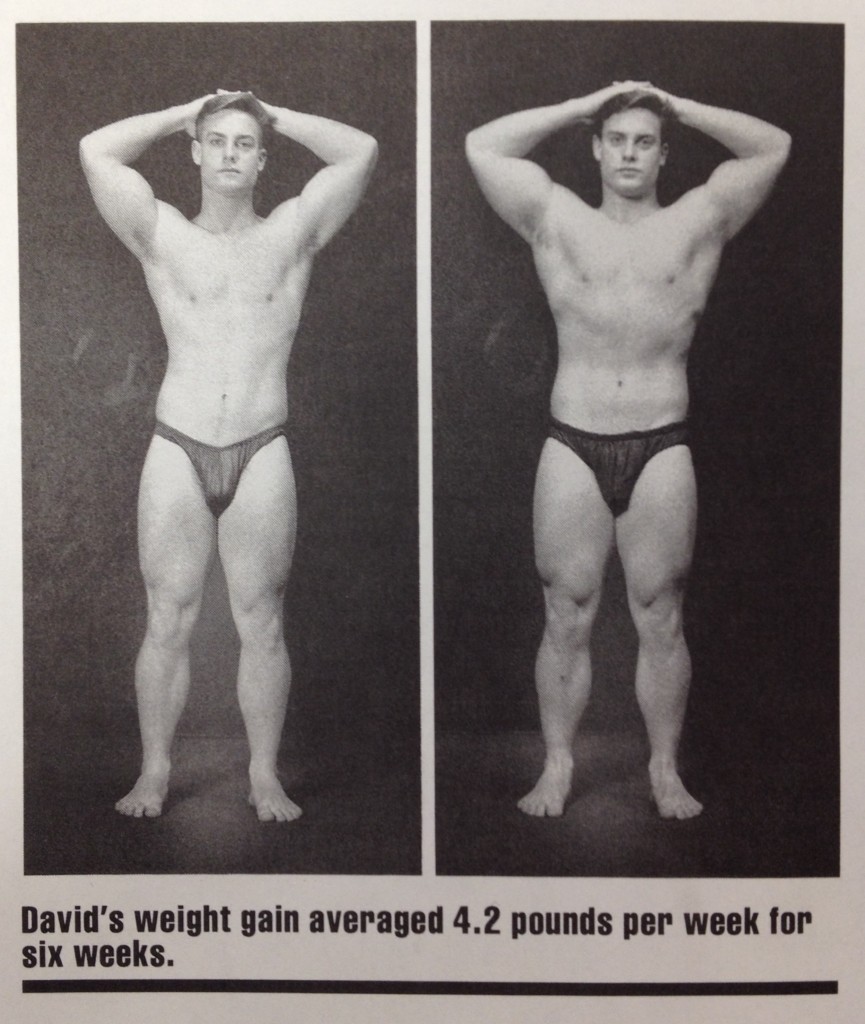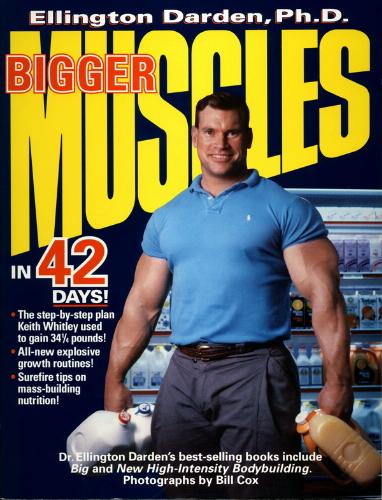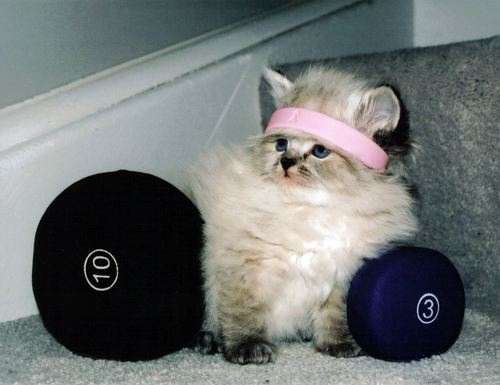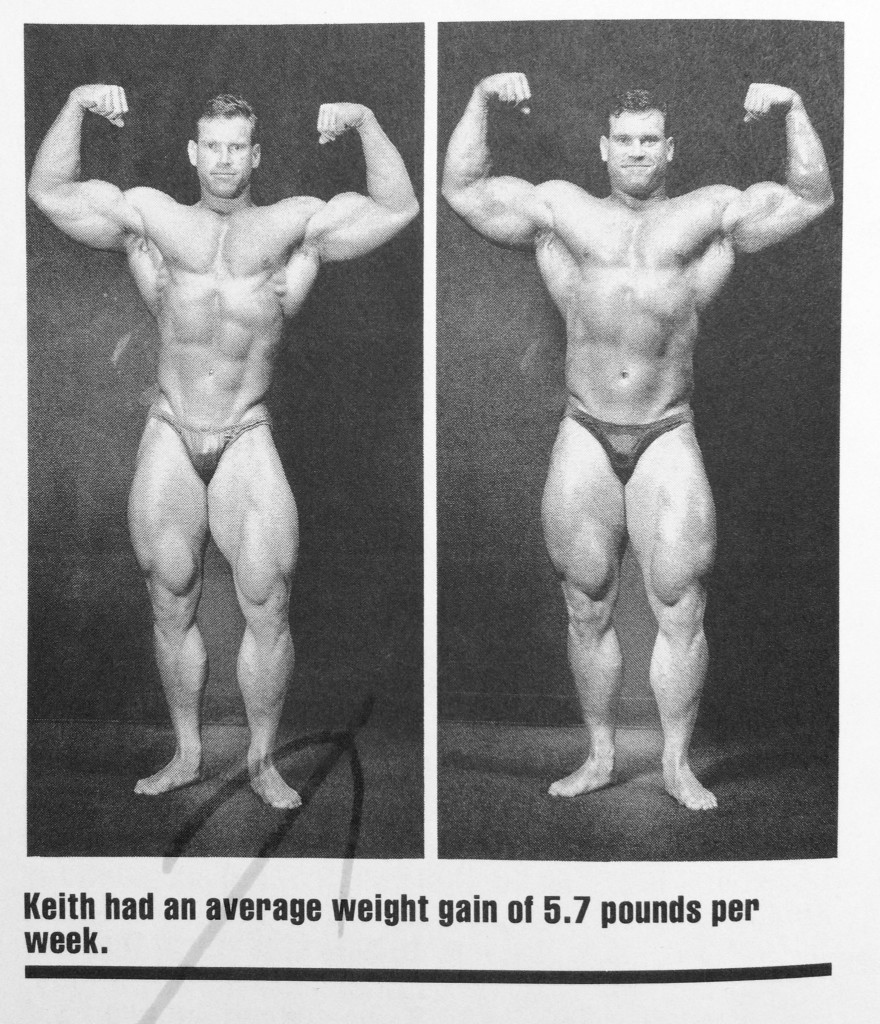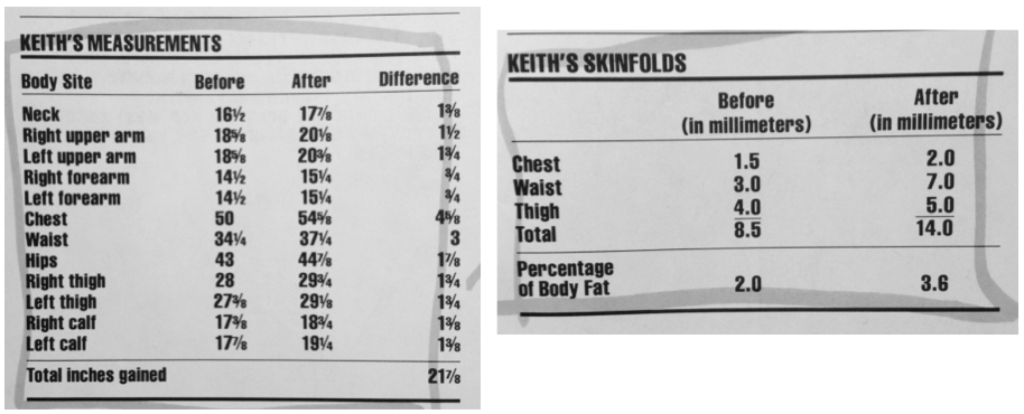The Key:Part 1
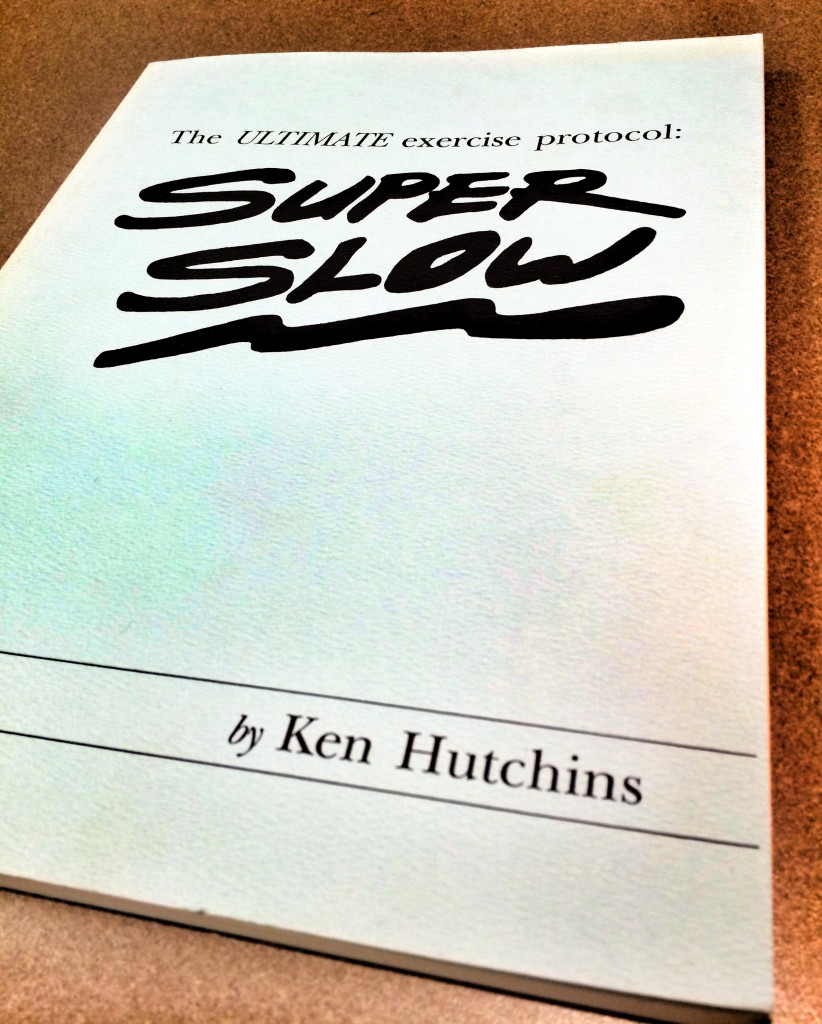 I own a blue book. No, not the Kelly Blue Book that one might look up the value of a used car in, but an original blue covered The ULTIMATE Exercise Protocol: Super Slow by Ken Hutchins. This is the first edition of what would later become the Super Slow Technical Manual and eventually ROE Volume 1. Josh Trentine picked this up for me as a gift during one of his visits to Ken’s studio, and I must say it is one of my prized possessions.
I own a blue book. No, not the Kelly Blue Book that one might look up the value of a used car in, but an original blue covered The ULTIMATE Exercise Protocol: Super Slow by Ken Hutchins. This is the first edition of what would later become the Super Slow Technical Manual and eventually ROE Volume 1. Josh Trentine picked this up for me as a gift during one of his visits to Ken’s studio, and I must say it is one of my prized possessions.
I mention this collectible of mine because it made me realize an important constant that has been in place within our protocol over the last 30 years. Unfortunately, I don’t think this constant has ever been (nor may it ever be) appreciated for its profundity both as a guiding principle and as an intellectual exercise/research tool. I would go as far as to say that those whom interpreted this constant correctly “got it”, while those that didn’t blamed their lack of success with the protocol on the protocol and the speed of movement. Hey, people want something to blame.
The “blue book” that I mentioned above has in its appendix “Super Slow Protocol Second Edition –Ken Hutchins- 1989”. As the title details, this is the protocol paper that explains how to execute the protocol properly. While technical, it is meant for the lay person to read and comprehend and serves as an unparalleled introduction to properly performed strength exercise. A protocol paper of this nature has been included in each version of the technical manual, although its contents change slightly with each edition. Through all the incarnations of this protocol paper one area of text has remained constant.
On The Importance of a Question
The second paragraph of the protocol paper starts off thus, “As a beginner, ask yourself, ‘How slowly can I move, yet not stop?“‘. I’m half inclined at this point to stop writing and to see if you can guess where I’m going with this, but I want to dissect this simple question and try and make an argument for why it may be the most important thing Ken ever wrote as it related to exercise execution (and maybe the most important thing he ever wrote period). How someone responds to this question is very telling of their capacity to comprehend exercise.
First off, the most important thing about this question is that it is a question. The words would not hold the same instructional power if they were said as a mere statement such as, “Move as slowly as you can without stopping”. A statement of this nature is likely to get completely ignored or at the very least, misinterpreted. A question, on the other hand, is an undervalued concentration tool to focus the mind. I get a lot of inquiries about how to mentally prep oneself for an intense workout, but no technique I know of works better than a properly posed question. If you look closely the next time you are asked a questioned that demands an answer that is not reliant on rote memorization, you’ll notice the first thing that happens is that you don’t have an answer. This creates a gap that makes you become intensely present momentarily. With this information in mind, what better way exists to get a novice to follow a set of instructions than to ask them to do something that forces them to focus? If you look again at the question Ken posed, it really is very brilliant.
This isn’t the type of question that has a conceptual answer however (although you must engage the intellect). You must present the answer physically moment after moment throughout the duration of the exercise. Lapses in concentration will result in a failed answer. The subject is being asked to investigate experience on a number of different levels in order to completely answer the question. In the second part to this article I will dissect each word in the question and show why its structure might just be the key realizing the real objective.


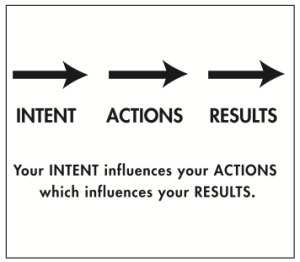


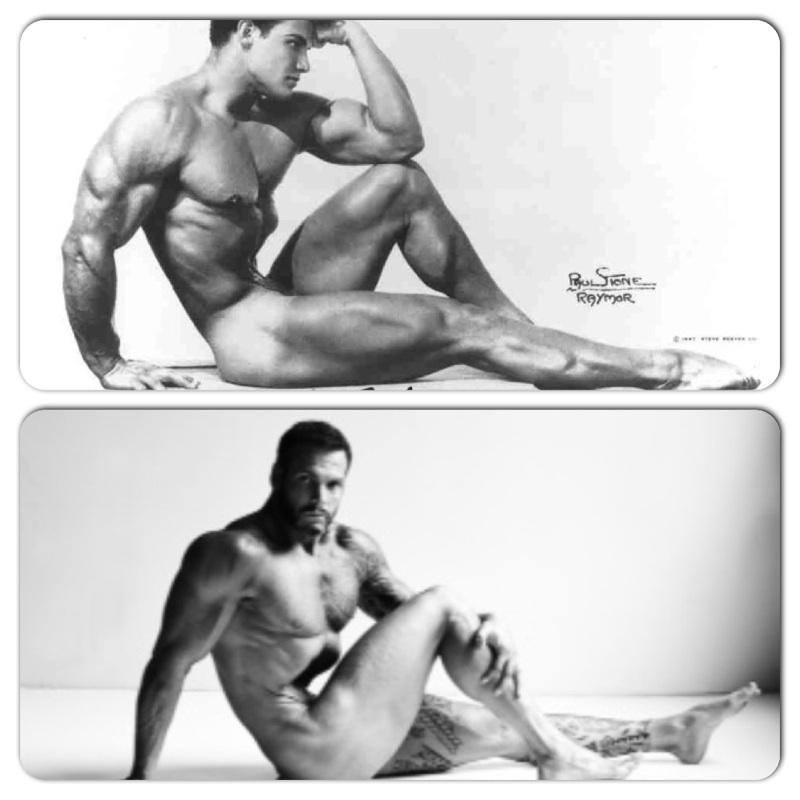
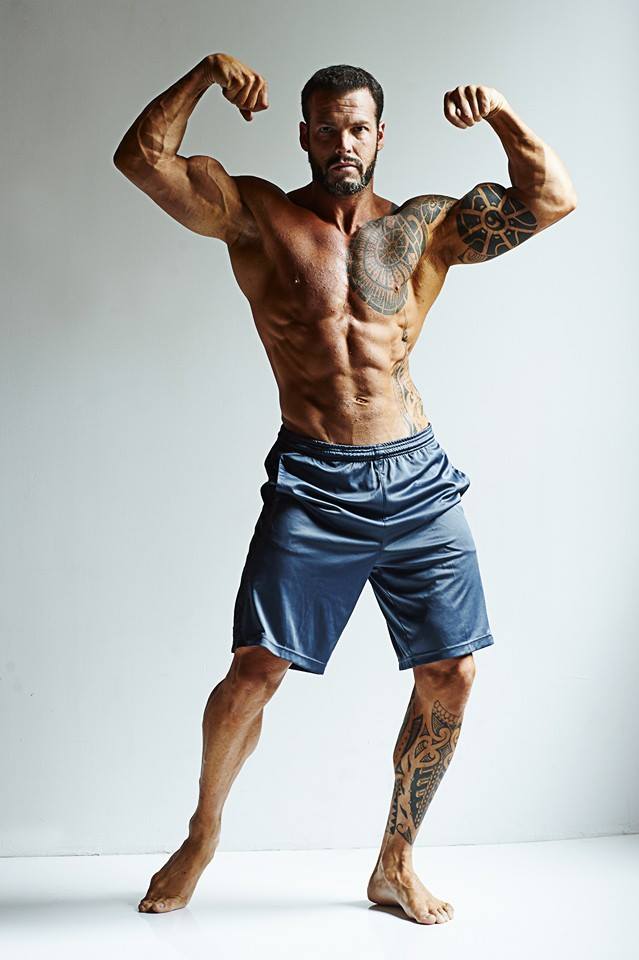
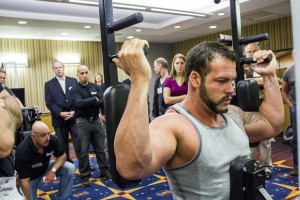
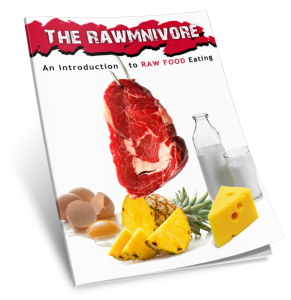
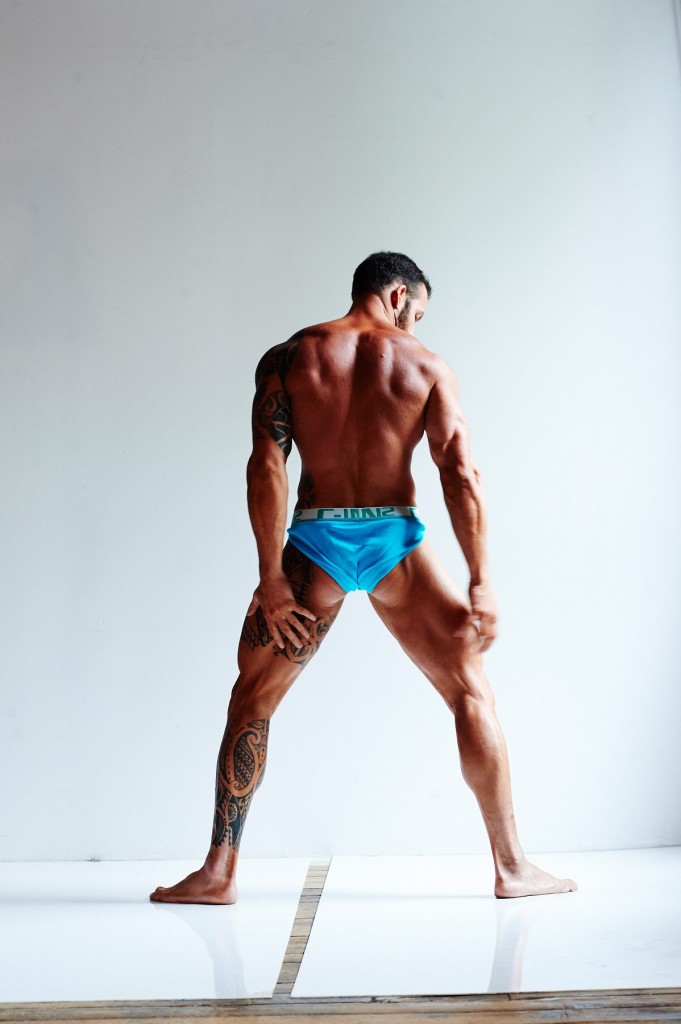
![photo 1[1]](https://www.ren-ex.com/wp-content/uploads/2014/03/photo-11.jpg)
